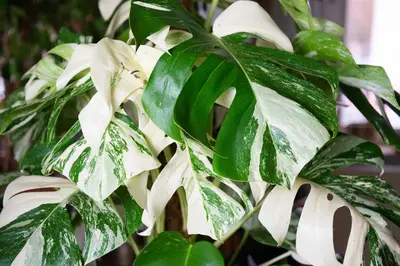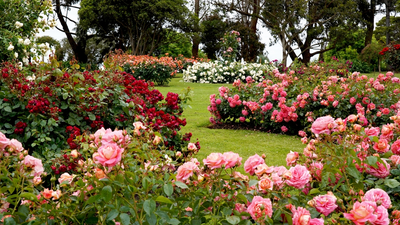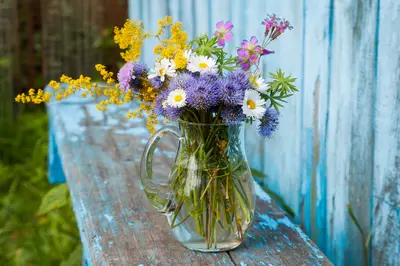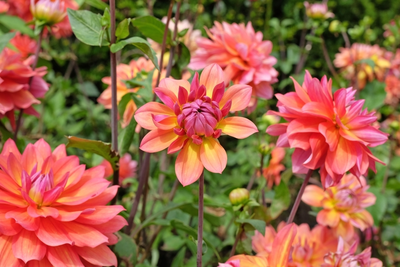
Every garden needs a hellebore or two! These beautiful, low-maintenance plants grow well in shady spots, their distinctive palmate leaves adding texture and interest all year round. In winter, when everything else is cold and grey, they produce clusters of big bell-like flowers in gorgeous soft shades of pink, purple, red and white. With different varieties flowering from mid-winter to spring, hellebores are sometimes called Christmas roses or Lenten roses. They're great for winter gardens, adding colour when little else is in flower. They're also good for wildlife, providing a winter food source for pollinators. Here's how and where to grow hellebores for winter colour.
Where to grow hellebores
Hellebores do best in dappled shade but will also grow in the sun, provided the soil doesn't dry out. When planting, dig in plenty of organic matter like garden compost or leaf mould to give them a good start. Once established, hellebores are very low-maintenance plants. They will even cope with dry shade; their bold leaves make an excellent backdrop for other flowering plants.
How to grow hellebores
Hellebores are very easy to care for. Mulch annually in autumn with compost or well-rotted farmyard manure, and cut back the old leaves in autumn or spring once the new growth starts to appear to reduce the spread of hellebore leaf spot, a fungal disease. Removing the old leaves also makes the flowers easier to see when colour in the garden is at a premium. Hellebores self-seed and cross-pollinated easily, so you will likely see lots of new seedlings around your plants. Unfortunately, new plants that result from cross-pollination tend to have rather muddy, muted flowers, so it's generally best to deadhead the flowers before they can set seed. Alternatively, remove the new seedlings as they appear and grow them in pots so you can choose the ones with the best flowers to keep.
Top hellebores to plant
- Helleborus x hybridus comes in a wide range of varieties, producing clusters of nodding flowers in shades of pink, purple, white and even creamy yellow. Their leathery leaves are less prone to slug damage than some of the other hellebore species, and the flowers add welcome colour in winter and early spring.
- Helleborus foetidus has the rather unappealing name of 'stinking hellebore' thanks to its foliage which smells unpleasant when crushed. Still, the elegantly cut leaves and clusters of pale green flowers add interest to shady spots in early spring.
- Helleborus argutifolius adds structure in shady areas, with large leathery, deep green leaves all year round and clusters of light green flowers in late winter.
- Helleborus niger is called the Christmas rose because of its early flowers, which appear from January onwards. Pristine white or pink-flushed, they stand out beautifully against the dark green foliage.
If your garden needs some winter colour, come in and see our fantastic range of hellebores and other winter-flowering plants. Your garden will thank you for it!




